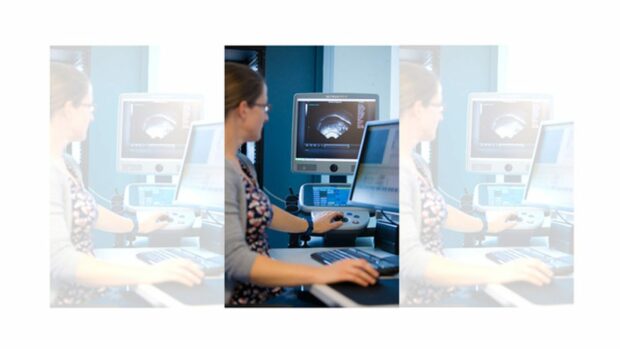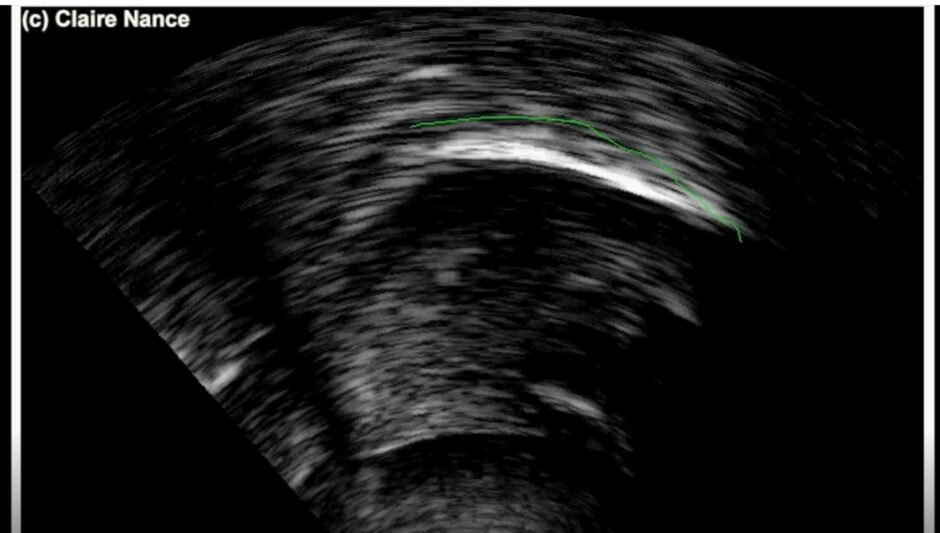Ultrasound video research on Gaelic shows the unusual tongue movements people make while speaking the language.
Research carried out by Lancaster University gives a previously unseen perspective on the shapes used while conversing in the language.
The research team, led by Dr Claire Nance, made video recordings of people’s tongues while they spoke Gaelic and English to investigate what kinds of movements are used to produce different consonants.
Important consonant sounds
The research presents full speed and slow-motion ultrasound videos featuring a selection of Gaelic “l”, “n” and “r” sounds. Videos of English “l” and “r” sounds were made for comparison.
Gaelic sounds are quite unusual compared to other languages as there are three different kinds of “l”- thick, slender and non-slender – as well as three different “n” and “r” sounds – often depending on where they feature in a word.
That means there are nine sounds in Gaelic where only three exist in English.
People ‘individualise their tongue strategy’
The research shows how speakers move their tongue forwards or backwards to produce the differences between sounds.
Dr Claire Nance said: “One of the other interesting things we found is that people are able to kind of individualise their tongue strategy based on their personal anatomy as well.
“And there’s not necessarily one kind of strategy that fits everyone. People are quite different on the inside of their mouth, as well as on the outside of their face.”
“It’s really important to understand the details of Gaelic speech sounds so that we can support Gaelic learning and teaching and document the language.”
BBC Alba, BBC Radio nan Gàidheal, and Comhairle nan Eilean Siar helped collect the data and Glasgow University and Queen Margaret University in Edinburgh helped build the website.
Recordings of the ultrasound research are now available on a new website section called Teangannan na Gàidhlig (Gaelic Tongues).


Conversation